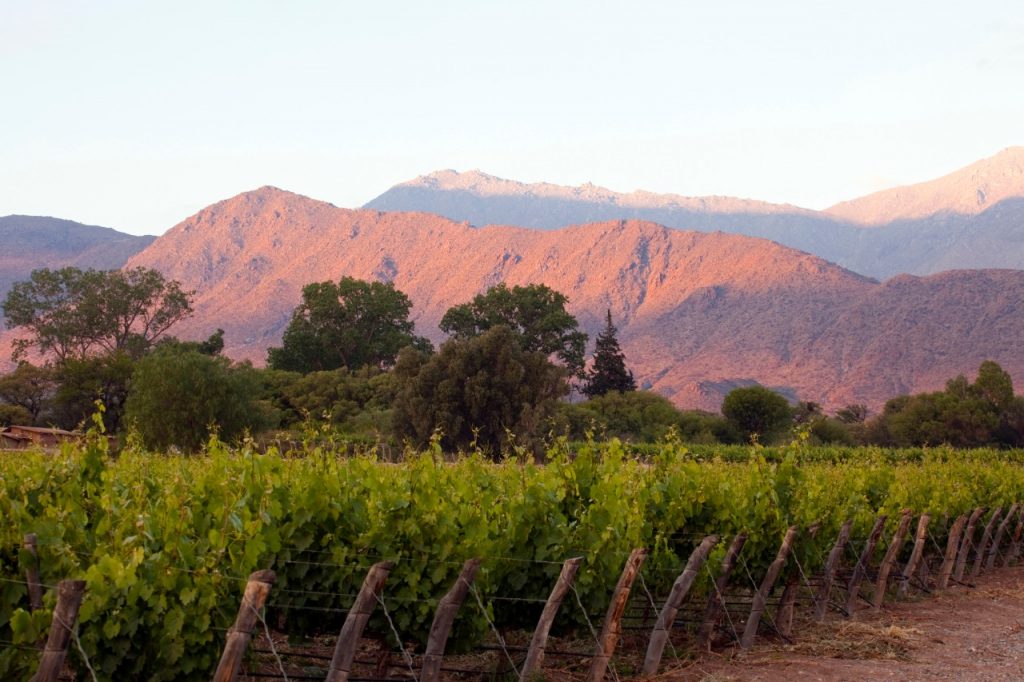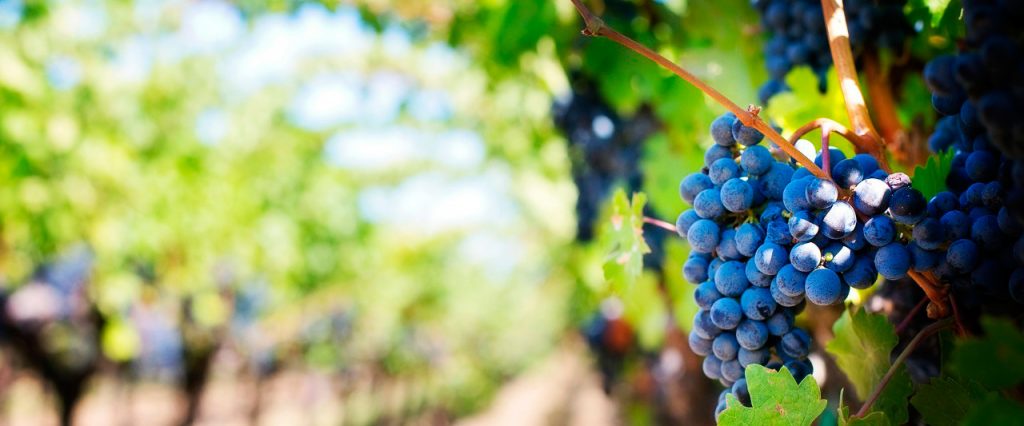The Argentine Tannat scene has been growing since the end of the 19th century, when European immigrants brought it and several other varieties along with them as a taste of home, marking the beginning of quality viticulture in Mendoza.
In Luján de Cuyo, Mendoza, one of the oldest vineyards in the country, first planted in 1895, contains Tannat alongside pre-phylloxera examples of Malbec and Tempranillo. And there are even a few bottles of Bodega Norton’s 1947 varietal Tannat kicking around; it’s still surprisingly lively.
But in spite of its 125 year history in the country, the variety, originally from the south-west of France and currently the iconic grape of Uruguay, has never seemed to interest local winemakers in same way as Malbec, Cabernet Sauvignon or Merlot. That, however, looks to be beginning to change.
Argentine Tannat
“People have been talking about the quality of Tannat from the Calchaqui Valleys in Salta for a hundred years,” says the French winemaker Thibaut Delmotte, who works at Bodega Colomé where he created Colomé Lote Especial Tannat 2018, a wine that was just awarded Best in Show at the Decanter World Wine Awards 2020, the highest honour received by an Argentine wine at this year’s edition of the British awards.
‘When Donald Hess bought the winery, he was told that the big secret about Malbecs from Salta was that a little Tannat was always blended in with them so in 2001 we planted a couple of hectares at 2300 metres above sea level, and later on in other vineyards to use in the Colomé Estate Malbec, until in 2010 we launched the varietal. It was a difficult process, but it eventually adapted and today is undoubtedly a grape of great potential for high altitude wines.’
Delmotte isn’t the only one convinced of the potential of Argentine Tannat. Right now only 874 hectares are under vine with the variety spread mostly across the northwest and Cuyo, although a few vines can be found in Patagonia and even in the new vineyards of Buenos Aires, near the Atlantic coast.

Generally, Argentine winemakers agree that Tannat’s potential lies the fact that it ripens late, and so the arid, sunny conditions found in the mountains are ideal for a healthy cycle. It thus produces intense reds with good palates and firm freshness. But they admit that it’s still a wild grape with a rustic character.
What to expect from an Argentine Tannat
Calchaquí Valley winemakers have made best use of the grape in recent years: in Cafayate it offers a clear profile of dark fruit and spices, with a firm palate and good flow as can be seen in Laborum de Parcela Río Seco, Vallisto Extremo, Quara Single Vineyard, Serie Fincas Notables from El Esteco, Domingo Molina and Coquena, from San Pedro de Yacochuya.
In the valleys that branch off from the Calchaquí river, where altitude provides a greater thermal range, we find wines that are ‘fresher, with clearer red fruit, floral hints and a vibrant core,’ as Delmotte puts it. Apart from his output, other wines that back up his words include Valle Arriba El Seclanteño from Raúl Dávalos, Altupalka and Viñas del Perchel, made with grapes from Quebrada de Humahuaca in Jujuy.
Meanwhile, in Mendoza, Tannat is still mostly used for blends with one or two delicious exceptions: ‘Although it’s a potent grape with significant tannic structure it also has an acidity that ensures good freshness in the Uco Valley. That was the concept behind Punta de Flechas Rosé, 100% Tannat, which was a surprise hit,’ says Pablo Richardi at Flechas de los Andes.
In Gualtallary, home to vibrant reds and whites, Casa Petrini has positioned itself as a leader among Mendoza Tannats at its vineyard set on the banks of the Villegas river at 1170 masl. There the grape achieves a notable juiciness, with a velvety feel and sustained freshness. Another interesting wine is Sobrenatural Tinto from Chakana, a bio-dynamic Tannat with no added sulphites or barrel ageing from Agrelo, Luján de Cuyo, which achieves a notable volume at its core. It has recently been joined by a Sobrenatural Pet Nat 70% of which is Tannat.
Finally, in Buenos Aires, in the city of Balcarce, Puerta del Abra is a producer with vineyards planted in limestone soils protected by the sierras who use Tannat successfully in their Insólito red, which presents distinctive mineral flavours.
There is ample evidence that Argentine vineyards are hotbeds of innovation and experimentation. Far from playing it safe, Argentine winemakers are always looking for new challenges that often result in labels that end up wowing the world of wine, and Tannat is very much a part of that picture.



